Hop Lightly
You chose to visit Calaveras because of the abundance of natural beauty and the opportunity to reconnect with the earth and its bounty. Have the best experience possible while exploring Calaveras County’s varied wild environments by following these tourism safety and sustainability guidelines. Take care to keep Calaveras beautiful and ensure we can all enjoy nature for generations to come.
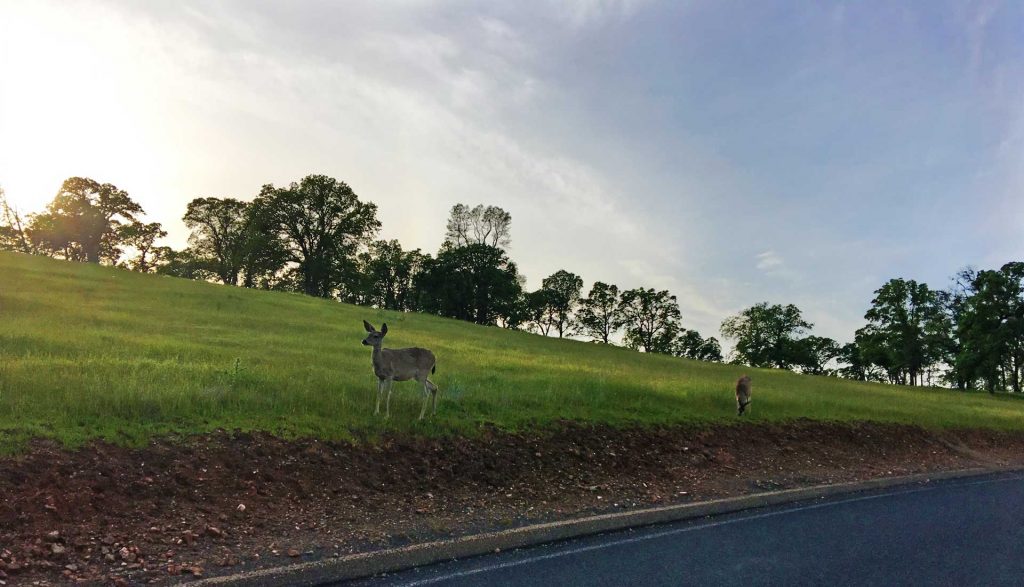
sus·tain·a·bil·i·ty
Practicing environmental sustainability allows us to enjoy our natural environment by taking care to minimize the impact of our visit. We can keep the wilderness beautiful and share these magnificent resources for years to come. Read on to see how to minimize your environmental impact and keep the plants and wildlife wild and healthy.
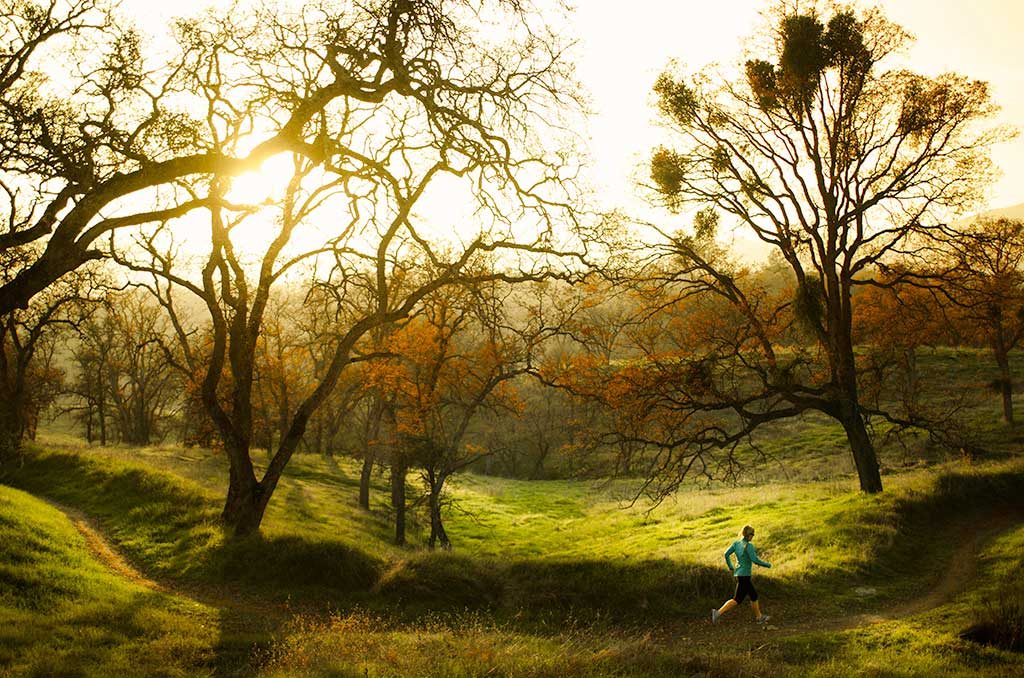
Hop Lightly: Lakes, Parks, Trails & Tourism Sustainability
- Know the rules about whether your pets are allowed and whether they should stay on leash. Most places in Calaveras County request that dogs are on a 6′ leash at all times.
- Use provided restrooms or portable toilets when possible.
- Pack it in, pack it out. Please do not leave any trash including diapers, left over food, plastic sleds, etc. out in the natural areas.
- Go the extra mile & pick up any trash you find if you have room in your pack.
- Keep your distance from wild animals, and please do not feed them. For your safety and theirs.
- Leave it how you found it. Take a picture as a souvenir and leave the pine cone where it is.
- Stay on the middle of the trail. Walking on the edges will widen the trails over time, and straying off trail can damage sensitive ecosystems and habitats. Plus, sticking to clearly marked public trails helps visitors respect private property that may not always be marked by clear “No Trespassing” signs.
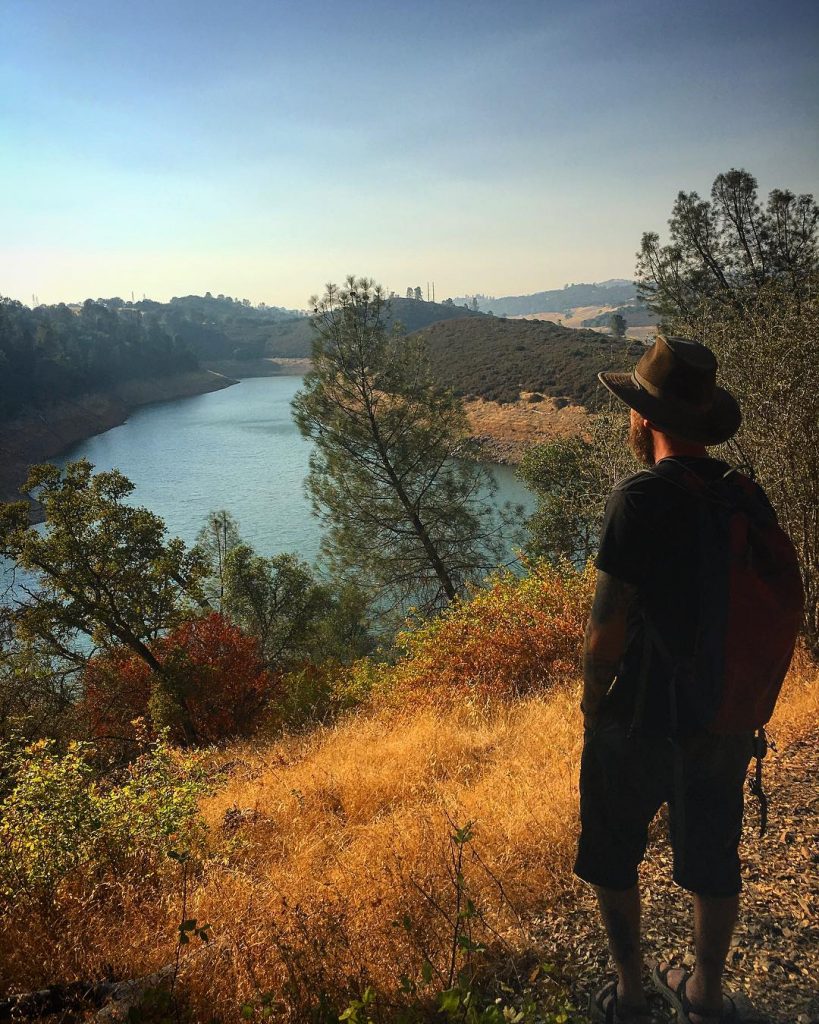
Safety suggestions when playing out in nature
- Wear sunscreen, even on cloudy days. Your dermatologist agrees.
- Bring water & snacks. Only share with your own species.
- Wear sturdy hiking boots especially when hiking near tall grass and rocky crevices. Did you hear that rattle?
- Check yourself and your dog(s) for ticks after a good romp in the woods. No need to bring home any stowaways.
- Educate yourself about how to behave if you are one of the lucky few to encounter lions or tigers or bears. Now is a great time to use your outside voice because these animals usually try to avoid us hoomans.
- Did we mention…DO NOT FEED THE ANIMALS. While you are visiting either at a day-use or overnight campsite or in a vacation home, make sure your trash is secured so the animals cannot get to it.
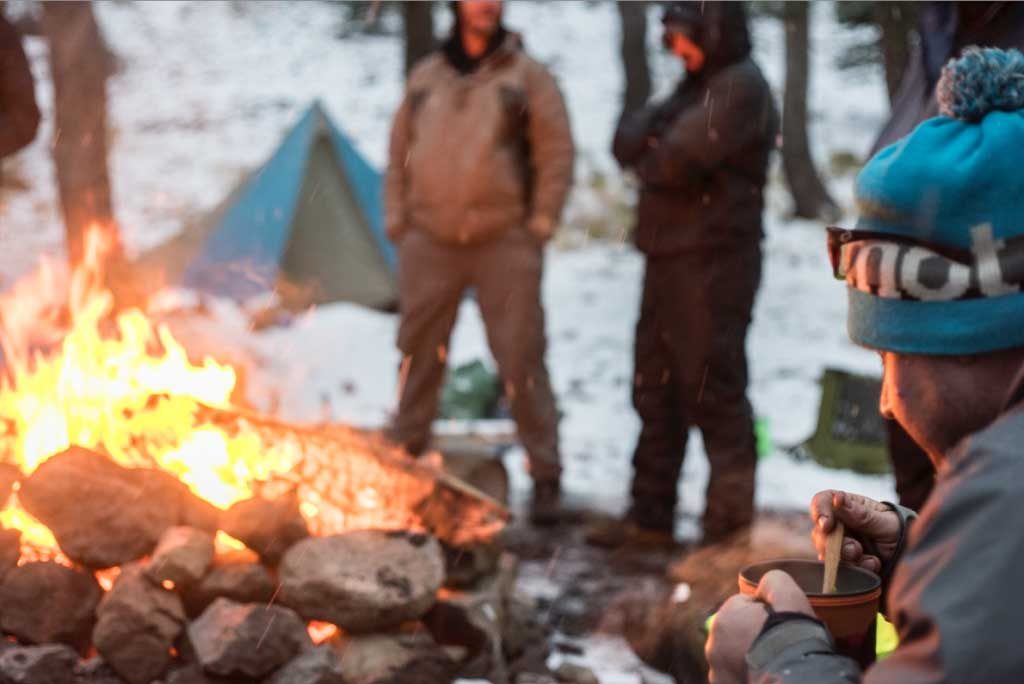
Be prepared for the environment you are exploring
When heading into the great outdoors, it is vital you know what’s allowed, follow good safety protocols, and make sure you have appropriate equipment. Please follow all rules provided by forest services, Bureau of Land Management, and all law enforcement agencies. They don’t want to have to go looking for you if you get lost in the middle of nowhere. Check out the US Forest Service’s Know Before You Go page for their recommendations on how to prepare for your wilderness trip. Here’s a partial list of safety recommendations:
- Before you leave for your wilderness experience, let friends/family know where you’re going and when you expect to be back. In case you get lost in the middle of nowhere.
- Bring water, a water container & even water purification supplies if you’re doing some serious back country adventuring.
- Dress in layers for unexpected weather changes – bring head covering, jacket and gloves even in warm weather. Temps drop at night in the mountains.
- Bring a first aid kit. Include sunscreen, insect repellent and blister protection.
- Keep matches in a waterproof container.
- No internet in the wilderness, so bring a compass and a (paper) map as well as your GPS.
- Bring extra energy food & snacks. But don’t share with the forest residents.
- Include spare batteries with your flashlight or headlamp.
- Bring your cellphone, a mirror for signaling and a whistle (3 blasts means “help”).
- Always have a knife as part of your kit.
- Look out for rattlesnakes and poison oak. Here’s a short video from KCRA with some tips to avoid rattlesnakes. Here’s a video about how to spot poison oak from Out West With Chris.
- Bear-proof your campsite using the “Bear-muda triangle”, and learn what to do if you encounter a bear.
- Stay on the trail.
- Campfire permits are required except when camping in a developed campground.
- Choose a site for your camping area that doesn’t have to be physically modified, at least 100 feet from any water sources.
- Bury any human waste at least 6-inches deep at least 200 feet from any trail / camping area. Pack out your toilet paper and toiletries and diapers. No one comes to take out the trash in the wilderness.
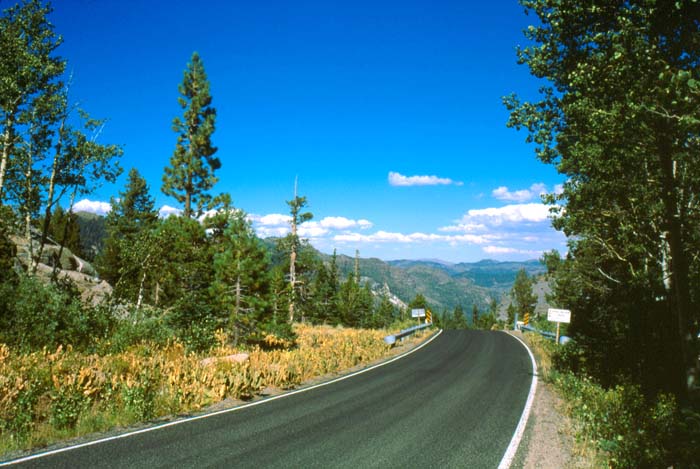
Get your gear, your license, and some good old fashioned local ‘know-how’
Top quality outdoor sports gear, Sno-park permits, and fishing licenses can be purchased here in Calaveras County at:
- SNAC (Sierra Nevada Adventure Company) in their Murphys and Arnold stores
- Altaville Market in Angels Camp,
- Ebbetts Pass Sporting Goods in Arnold
- Gateway Adventure Company in Copperopolis.
You can find lots more great information on the official Leave No Trace website. including their Leave No Trace Seven Principles ©1999 by the Leave No Trace Center for Outdoor Ethics: www.LNT.org. Here are some of our favorite blogs they’ve published:
